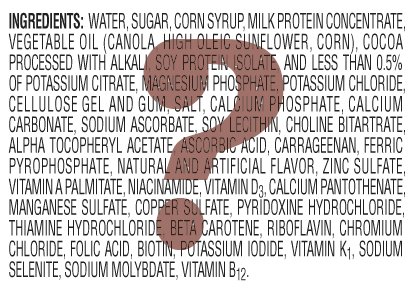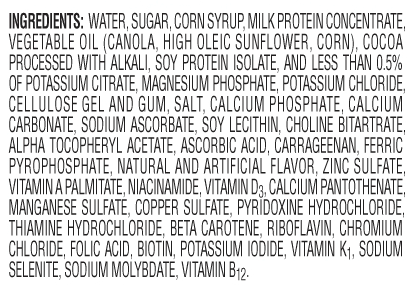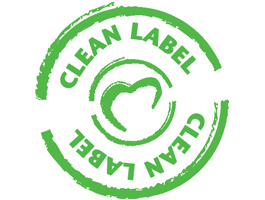
 Take a look at the label on the right. Do you know what all those ingredients are? Some are just fancy names for common substances that you already know of, like Pyridoxine Hydrochloride. Sounds pretty bad, right? You know it as Vitamin B6, which is required for the proper function of sugars, fats, and proteins in the body. It is also required for the proper growth and development of the brain, nerves, skin, and many other parts of the body.
Take a look at the label on the right. Do you know what all those ingredients are? Some are just fancy names for common substances that you already know of, like Pyridoxine Hydrochloride. Sounds pretty bad, right? You know it as Vitamin B6, which is required for the proper function of sugars, fats, and proteins in the body. It is also required for the proper growth and development of the brain, nerves, skin, and many other parts of the body.
Other ingredients on the list are less familiar. Do you know what chromium chloride is? Chromium is a trace metal found in certain fruits such as bananas and grapefruit, and in vegetables such as broccoli. It helps your body metabolize food containing fats and amino acids. It also can help promote good health related to normal blood sugar. Your body needs chromium to heal and for normal growth.
But what happens when you take too much of it? Excess intake of chromium can lead to stomach pain and cramping, abnormal gastro-intestinal bleeding, ulcers, difficulty in stopping bleeding, and dermatitis. Additionally, chromium can interact unfavorably with other common medications such as synthroid and non-steroidal anti-inflamatories (NSAIDs) such as ibuprofin, Tylenol, and aspirin.
 Paracelsus, a Swiss German physician, famously wrote in 1538 that, “The dose makes the poison.” By this, he meant that virtually any substance is “toxic” (meaning, capable of causing death) in sufficient quantities. This holds true for common substances, many of which are essential to life in the proper quantities. Even water and oxygen are “toxic” in large doses. So to call any substance “toxic” is to oversimplify things greatly. Similarly, calling something “natural” has very little meaning, as we’ll see in the next in our series on the Clean Label Initiative.
Paracelsus, a Swiss German physician, famously wrote in 1538 that, “The dose makes the poison.” By this, he meant that virtually any substance is “toxic” (meaning, capable of causing death) in sufficient quantities. This holds true for common substances, many of which are essential to life in the proper quantities. Even water and oxygen are “toxic” in large doses. So to call any substance “toxic” is to oversimplify things greatly. Similarly, calling something “natural” has very little meaning, as we’ll see in the next in our series on the Clean Label Initiative.

